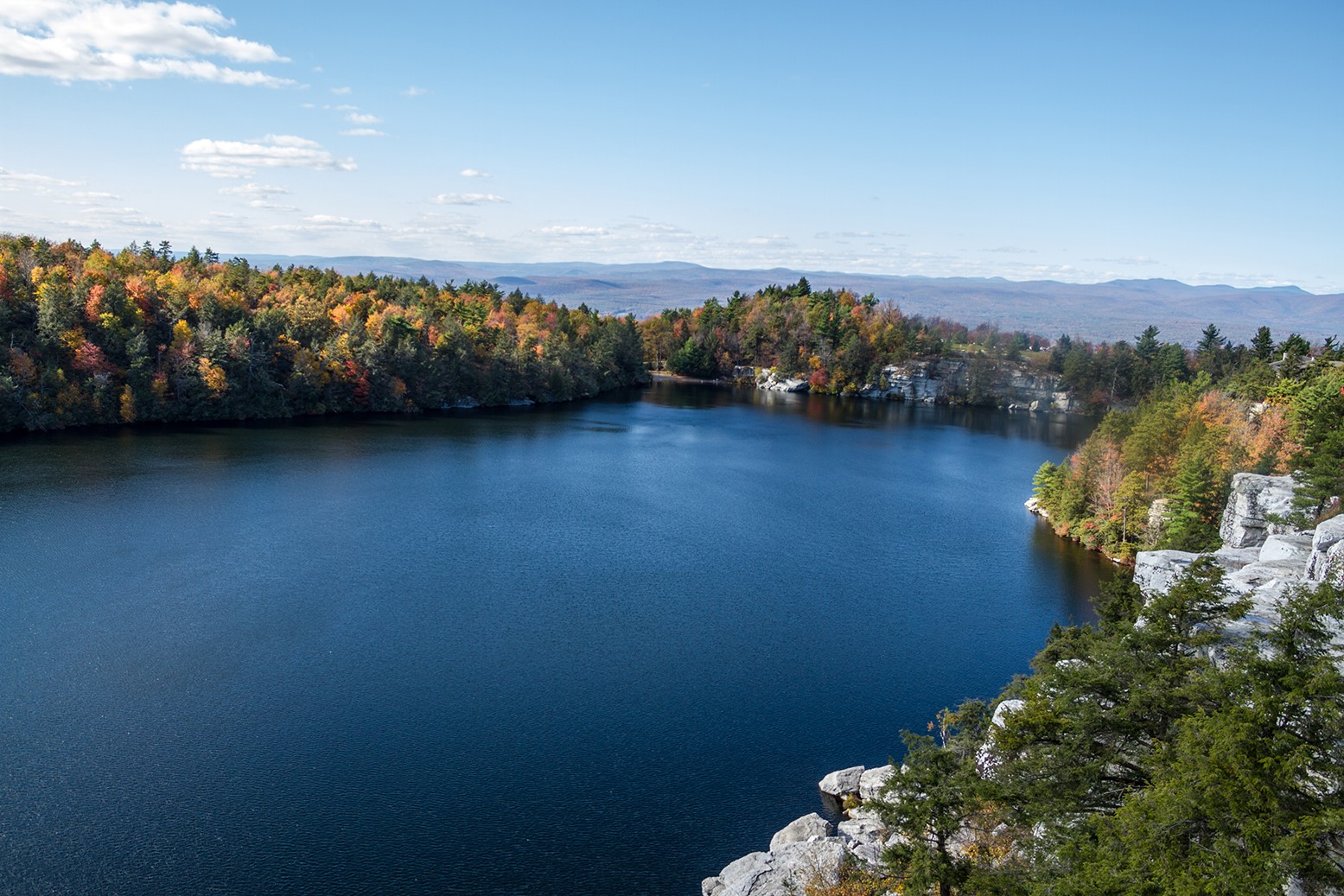Faculty-student research collaboration published in Inland Waters journal
 Associate Professor of Biology David Richardson led a group of undergraduate research students to study how nitrogen and phosphorus can limit phytoplankton growth in freshwater lakes. The group’s research was published in the January 2020 issue of the peer-reviewed journal Inland Waters.
Associate Professor of Biology David Richardson led a group of undergraduate research students to study how nitrogen and phosphorus can limit phytoplankton growth in freshwater lakes. The group’s research was published in the January 2020 issue of the peer-reviewed journal Inland Waters.
“Lakes in our region are critically important resources,” said Richardson. “We use them for drinking water, energy, food and recreation, making them hubs for communities and activity. However, humans have contributed to the degradation of the health of lakes by adding nutrients like phosphorus and nitrogen via fertilizer on agricultural fields, industrial waste, or waste water from treatment plants and septic.”
The team performed identical experiments in 16 lakes across the northeastern United States and found that phytoplankton communities were limited by nitrogen in some lakes, phosphorus in others, and both in more. The limitation was related to land-use and lake characteristics.
The paper, titled “Prevalence of phytoplankton limitation by both nitrogen and phosphorus related to nutrient stoichiometry, land use, and primary producer biomass across the northeastern United States,” was co-authored with faculty and students across 12 institutions, including multiple SUNY comprehensive campuses. The project stemmed from the annual northeastern Global Lakes Ecological Observatory Network (GLEON) meeting where the team co-developed the project and experimental design.
SUNY New Paltz alumni Hailee Edwards ’18 (Biology) and Heather Wander (Biology’18) worked alongside Richardson and helped with data analysis, writing and coordination of the project. Edwards is now pursuing her Doctor of Public Health at SUNY Albany, and Wander is pursuing her Doctor of Philosophy in aquatic ecology at Virginia Tech.
“The results from this study indicate that lakes respond differently to the nutrients, but there is some predictability to their responses,” said Richardson. “Water resource managers can take this information and decide whether to focus on a specific nutrient and what types of management strategies might be most effective and lowering the algal blooms in nearby lakes.”
According to Richardson’s research, added nutrients cause growth in algal blooms that are harmful to local wildlife in the lakes, can produce neurotoxins that are dangerous to humans, and are generally unpleasant for swimming, boating and aesthetics of lakes. In fact, in 2018, Governor Cuomo made harmful algal blooms a priority to focus on in New York lakes and hosted a 2018 meeting at SUNY New Paltz to address this concern.
Richardson regularly conducts research on the ecology of aquatic ecosystems including lakes, rivers and streams. He often works with SUNY New Paltz students interested in lake ecology at Lake Minnewaska, Lake Mohonk and other bodies of water in the region.
